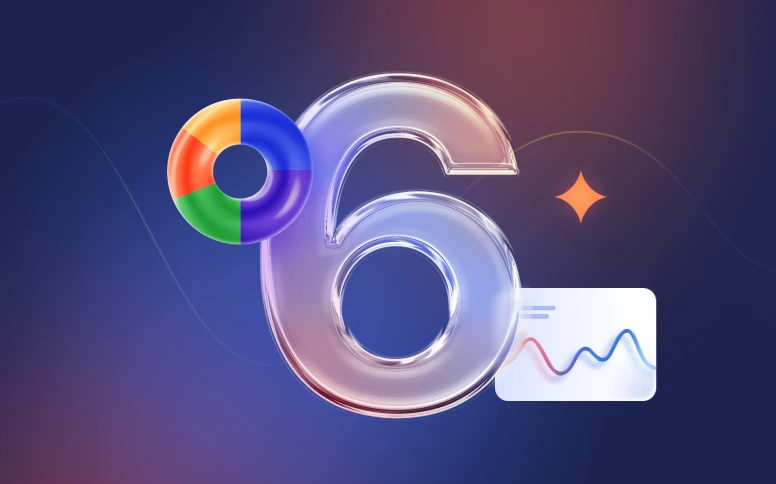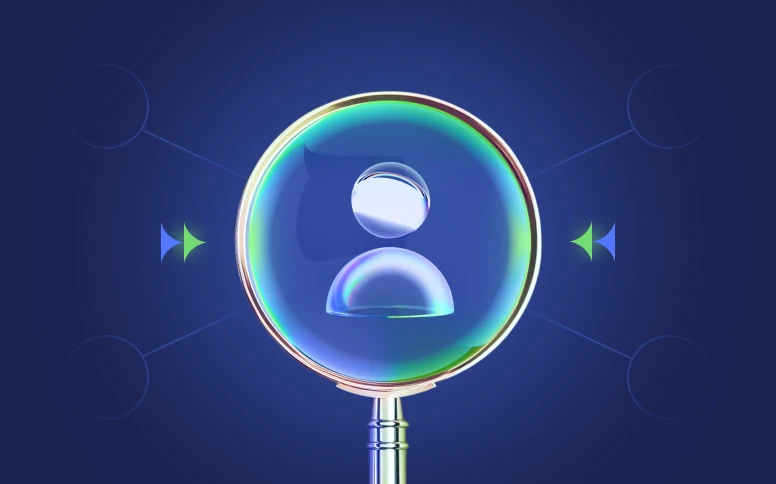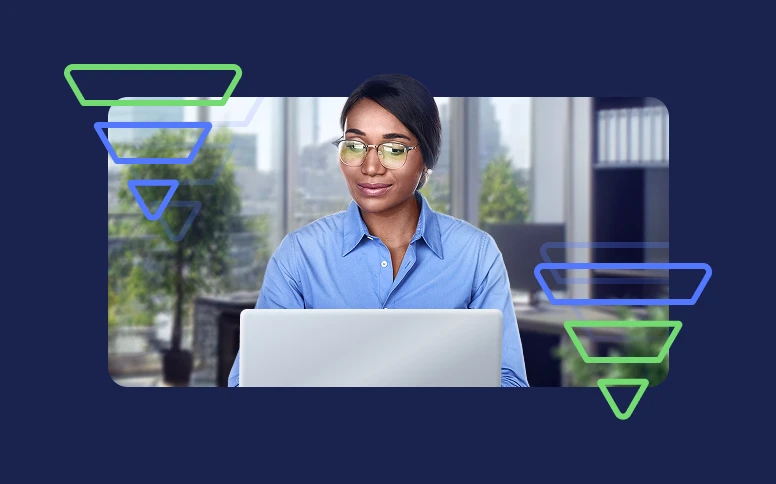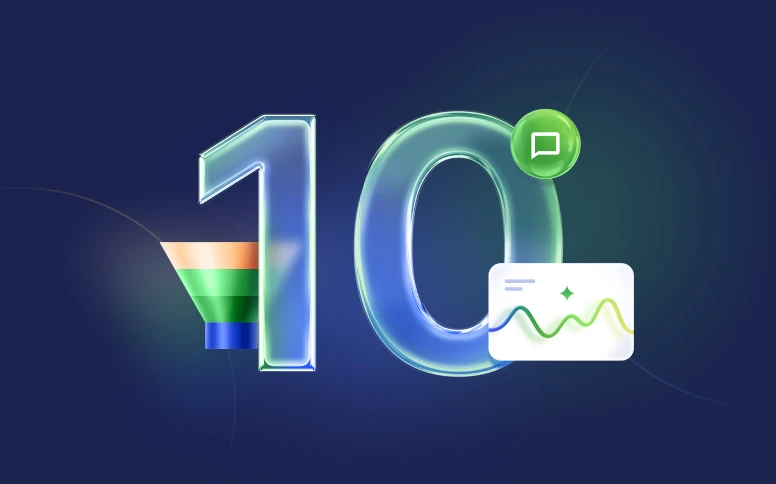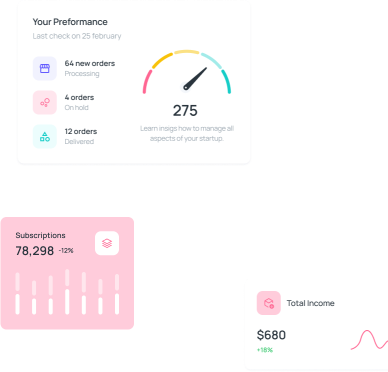What Is An Asset Management CRM?
451
Tue, Jan 30
CRM
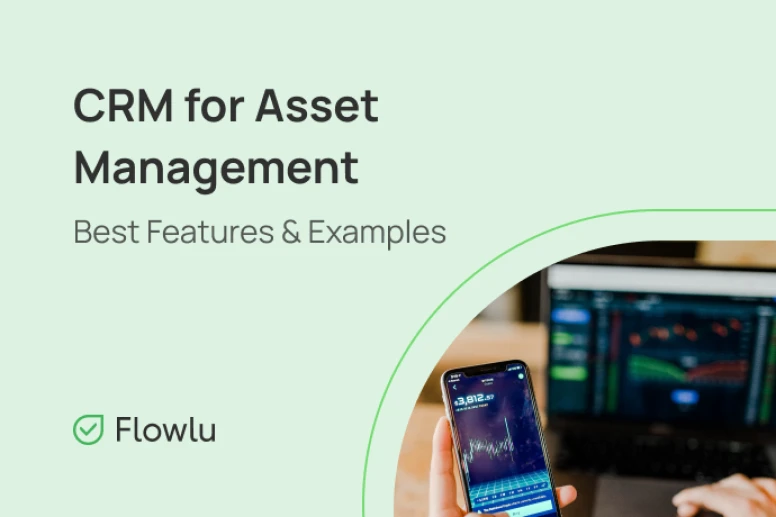
There’s no question that asset management has become a lot more complex in the last few years. If asset managers have always needed to deal with competition, it’s becoming harsher. In addition, they can’t forget about evolving and expanding regulatory demands not to mention the rising client expectations.
When speaking about asset management and the job role itself, we can’t only think about the relationship with customers. We need to focus on the many different relationships that exist and need to be nurtured. Relationships with influencers, consultants, broker-dealers, and also leads.
Asset management firms know how important it is to properly manage not all these relationships but also processes, external communication and activities. This is why they keep looking for a tool that can help them improve their performance and support their activity. This tool usually is a CRM system (Customer Relationship Management).
After all, with a CRM system like Lua CRM, you can get the most out of your business relationships, build a loyal customer base, improve operational efficiencies, gain a competitive edge, and even capitalize on opportunities to grow assets under management.
Why You Need An Asset Management CRM
The reality is that even though portfolio performance is the key factor that can either make or break a deal, asset managers are realizing that maintaining a high rate of customer satisfaction can’t be ignored. No matter if you’re talking to a customer, an influencer, or a consultant, you need to provide the best level of personalization and service you can. When you don’t do this, you’ll lose a customer. And you just can’t afford it.
This way, it’s crucial that your different teams or departments – service activities, marketing, and sales – work together to build stronger and more profitable relationships.
With a CRM, you can start establishing new relationship-centered strategies and growing them. As you know, knowledge is key when communicating with others. So, the more you know the other side, the better, more efficient, and effective your communication will be. For example, if an asset manager only has to deal with a few customers, he knows them well. He knows their values, needs, offerings, and interests. However, the real world is a bit more complicated. An asset manager needs to deal with many different customers at the same time. This means that all your asset managers need to work well together to ensure that they can deliver what customers want. You need to have all the information in just one location like Lua CRM, a place where all your employees can easily access it.
This will always be incredibly beneficial for the asset management company. After all, when someone is working with you, he will see that there is a consistent, unified image that will, ultimately, improve your customer loyalty, reputation, and brand strength. Since Lua CRM also allows you to automate some key processes, you’ll also notice an increase in productivity.




